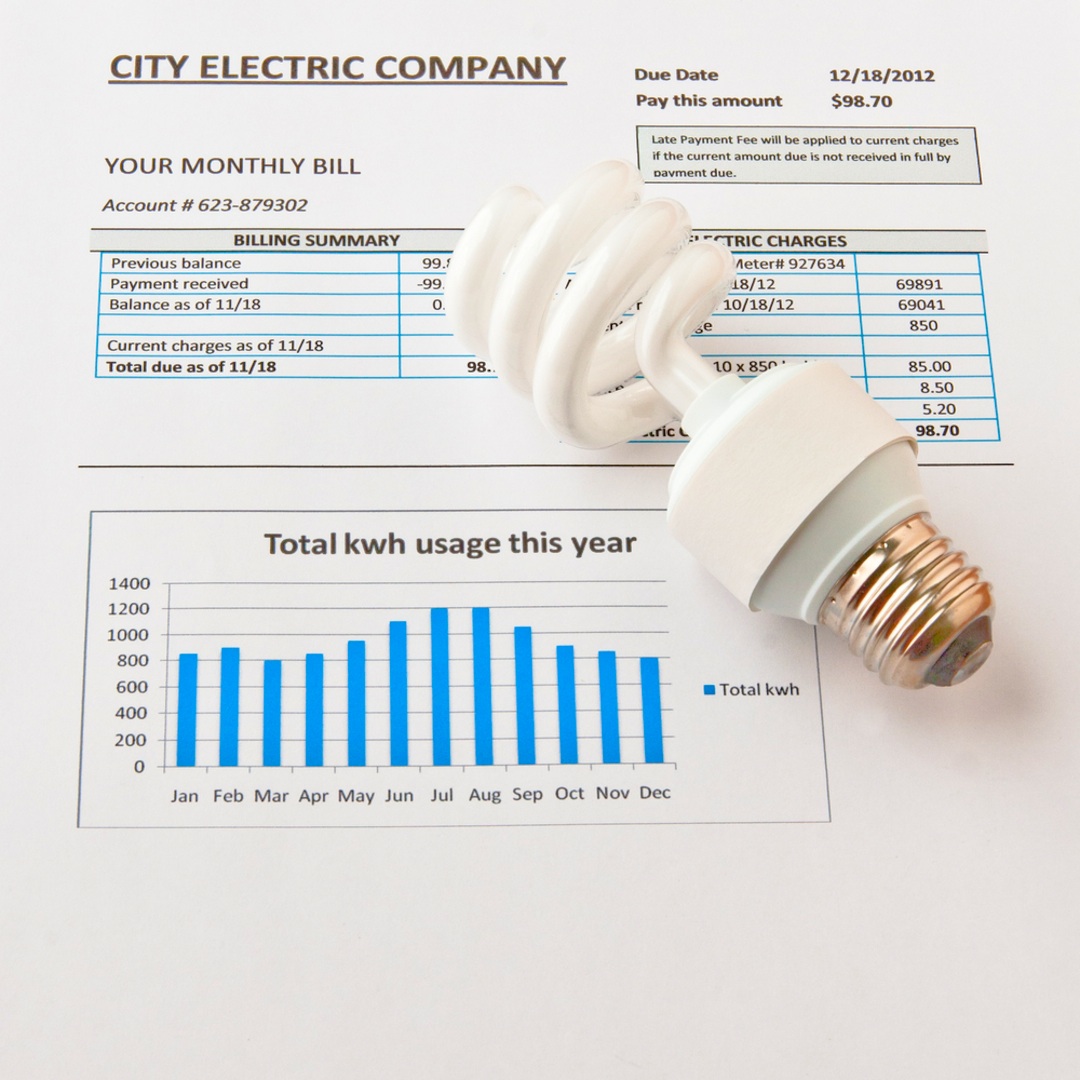

Stop worrying about the falling value of rupee and high gold prices, here’s something to worry about closer home. Maharashtra Electricity Regulatory Commission (MERC) has allowed MSEDCL to purchase power from Mahagenco at very high prices, in spite of protests by consumer representatives. This cost will soon be passed on to consumers in the new tariff.
A recent order of MERC has also brought to light the fact that Enron’s successor, Ratnagiri Gas and Power Private Limited (RGPPL), continues to be a financial drain on the state. MSEDCL will have to purchase power from Dabhol plant at the rate of Rs 7.50 per unit in 2014-15 and 2015-16.
In the coming three years, MSEDCL will purchase between 30-40% power from Mahagenco. The company’s rates are the third highest, after non-conventional energy and Dabhol. But the quantum of power purchased from the latter two sources is very little, and hence won’t be much of a financial impact as compared to Mahagenco.
Mahagenco’s rates are 60% more than those of another government generation company, NTPC. MSEDCL’s electricity requirement for 2013-14 is 1.13 lakh million units (MUs). Of this, Mahagenco will supply about 48,000 MUs (42%) at the rate of Rs 4.11 per unit. NTPC, which is the second biggest seller, will supply about 23,000 MUs (20%) at the rate of Rs 2.56 per unit.
MSEDCL recovers its expenses from the consumers by way of power tariff. About 85% of its expenses are for purchase of power. It is obvious that if cost of this power is high, the tariff will be high. If Mahagenco’s generation cost had been at par with NTPC, consumers would have been saved of a burden of Rs 7,400 crore in 2013-14.
Genco’s rates are higher than all private companies with whom MSEDCL has signed power purchase agreements (PPAs). The highest among them is JSW, whose rate is Rs 3.70 per unit.
BJP leaders have alleged massive irregularities in the company. The company’s response to its high rate of generation has been contradictory. Earlier, it used to say that the cost was high because its units were too old. Now it says that the power from new units is costly while those of old units was very cheap.
Commenting on the contentions of consumer representatives, a Mahagenco official claimed that the rate of sale of power to MSEDCL would decrease every year. “In 2015-16, it will come down to Rs 3.90 per unit.” However, MERC has approved a rate of Rs 4.70 for 2015-16.
The spokesperson said one reason for high cost of generation was use of BHEL equipment as against cheap Chinese equipment by private companies. “WCL produces the costliest coal in the country and we get most of our coal from it. Most NTPC plants are near mines. This is not the case with most of our plants,” he said.
Opinion Piece: Ashish Roy
Gallagher Re has shed light on the significant challenges insurers face when providing coverage for…
The Australian government will disburse AUD 1.7 million (USD 1.1m/EUR 1m) in grant funding to…
GlobalData’s latest report, ‘Asia Pacific Renewable Energy Policy Handbook 2024’ is among the latest region-specific…
The electrical generation market is facing a number of challenges, including the need to increase…
Nuclear energy has emerged as a prominent player in Asia's energy landscape, offering a reliable…
The pursuit of a low-carbon future has gained significant momentum globally, and Asia stands tall…